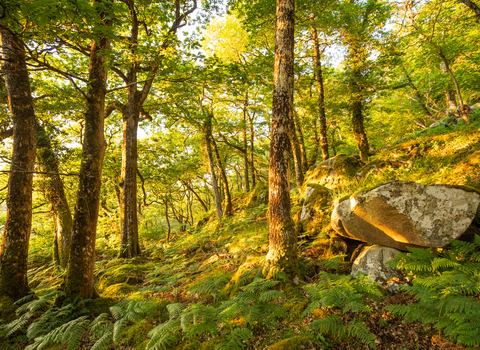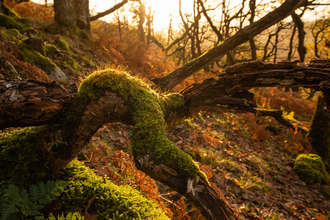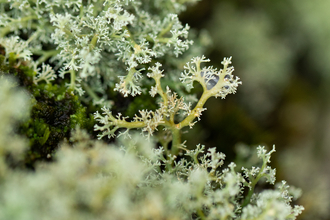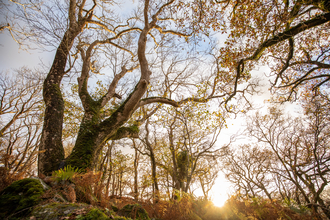Luscious temperate rainforest once covered vast areas of Wales, but only fragments remain. Find out about our work to restore them.
We are all familiar with tropic rainforests, but did you know that there are rainforests here in Wales? Temperate rainforest is actually rarer than the tropical variety and has global conservation significance supporting a rich and diverse array of life including many rare species.
Temperate rainforests occur where consistently high rainfall combines with a mild climate. These conditions are only found on 1% of the planet’s surface, making them one of our rarest habitat types globally!
There are various areas of Temperate rainforest in Wales and here they are known as Celtic Rainforests. Wales’ Celtic Rainforests are rich and ancient places. They represent the remaining pockets of an extraordinary, forested landscape that, following the last ice age, would have covered much of Western Britain. They are located largely in river valleys, adjacent to the sea, on Wales' western seaboard. Coed Crafnant Nature Reserve in North Wales is a great example.
Temperate rainforests are highly biodiverse, as the high humidity and stable temperatures provide optimal conditions for the growing of rare plants, lichens and forest fungi. Not only are they biologically diverse, our rainforests also act as vital carbon stores and capture the hearts and imaginations of those who visit them.
What really makes a temperate rainforest special is the rich tapestry of life that grows on and around the trees. Ferns, mosses, liverworts, and lichens seem to cover every surface, from the ground to boulders, crags, and even the trunks and branches themselves.
Historically these rainforests were more widespread, covering a lot of the western seaboard of Britain, as well as across Wales. Over the centuries the Celtic rainforest has deteriorated due to issues ranging from the planting of conifers, the invasion of species such as Rhododendron ponticum to grazing by sheep and deer.
The decline has put stress on precious flora, especially lichens such as Pyrenula hibernica and tree lungwort, birds including the pied flycatcher, redstart and wood warbler, and mammals including the lesser horseshoe bat, otter and dormouse.
In 2023, the Wildlife Trusts embarked on an ambitious 100-year programme to restore temperate rainforest across the British Isles. The Temperate Rainforest Restoration Programme will go a step further than traditional habitat restoration and will work to create entirely new rainforests on eligible sites across the bioclimatic envelope (the area typically along our Atlantic coastline with the specific conditions needed for rainforest to thrive).




